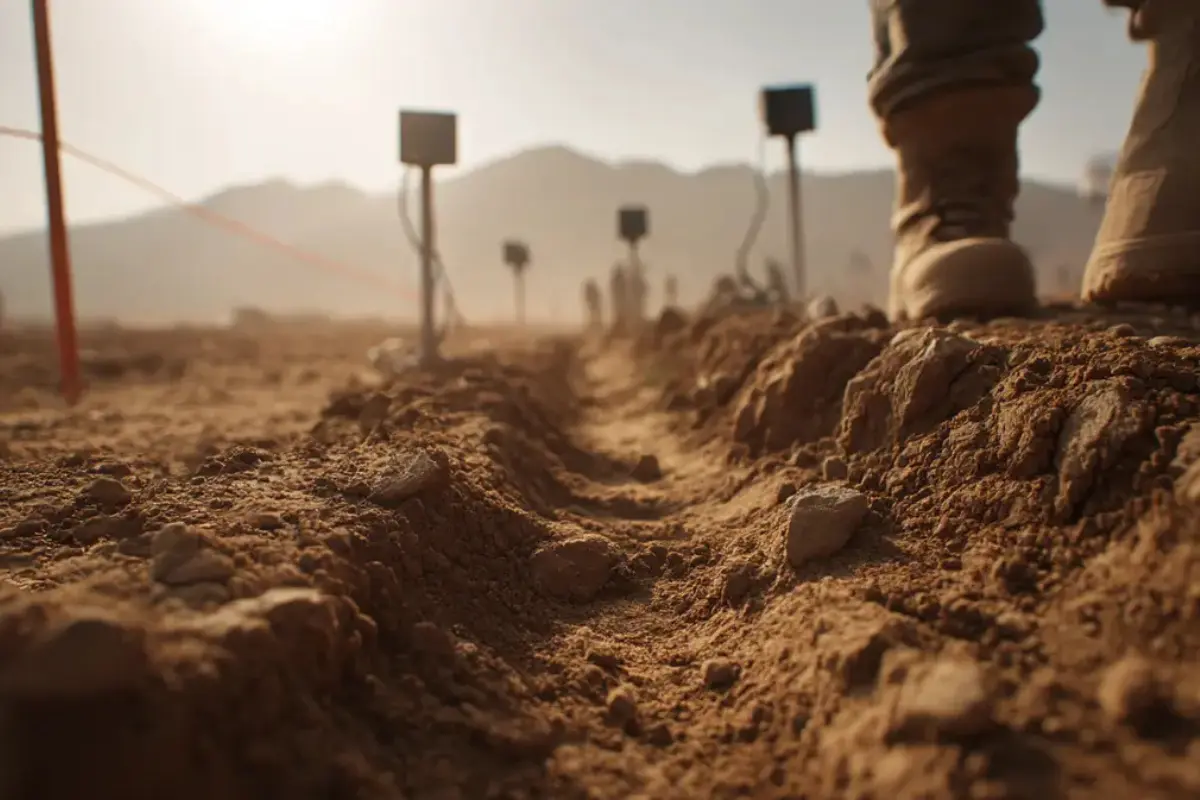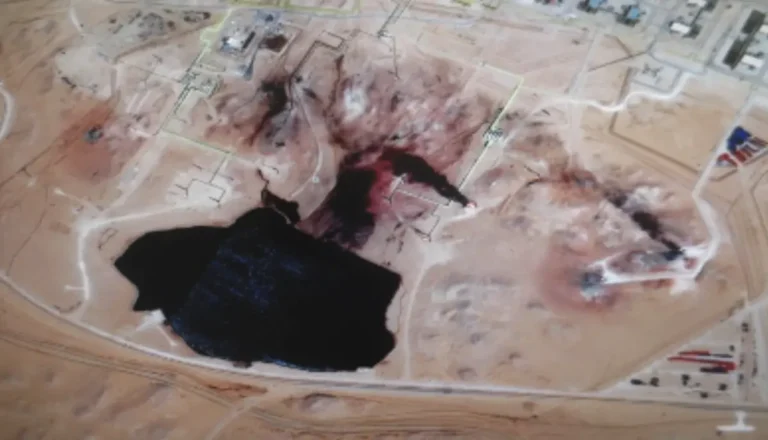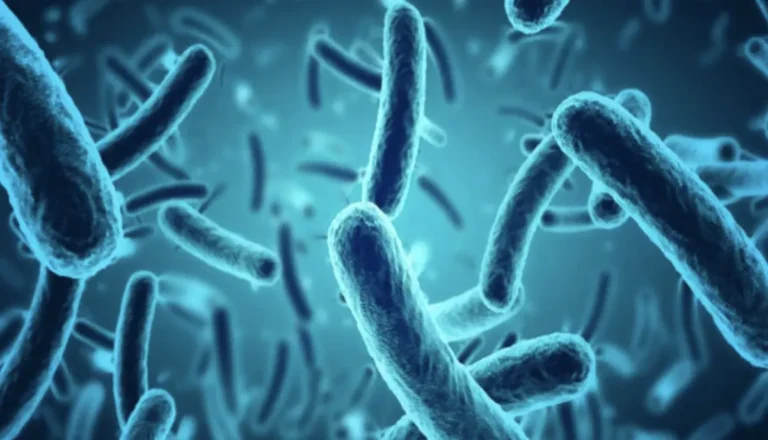
Phase III Bioremediation for Historic Oil and Gas Contamination
Building on our previous deep dives into Phase I Desk Top Studies and Phase II Intrusive Site Investigations, Phase III remediation focuses on bioremediation – a leading, sustainable technology for restoring oil and gas contaminated land to a safe and usable condition throughout the MENA region.
Globally, remedial strategies are chosen based on site conditions and contaminant risk: these typically combine physical (excavation, vapor extraction), chemical (soil washing, H₂O₂ treatment), and biological (landfarming, bioremediation) methods to achieve effective cleanup and regulatory compliance. Bioremediation, using native or introduced microbes, stands out for its ability to transform petroleum hydrocarbon pollution with minimal environmental impact and moderate cost, often alongside other remedial technologies.

Linkage to Site Assessment
Phase II investigations provide critical data—contaminant profiles (TPH, PAHs, metals), soil and water table information—that guides Phase III technology choice. Bioremediation is preferred where contaminant levels, soil type, and hydrogeology support biological treatment and where sustainability is key. For oily sludge remediation, both bioremediation and physical/chemical methods are assessed, with compliance typically sought at the 5,000 mg/kg TPH international standard or based on risk-specific site criteria.
Biochemical and Landfarming Methodologies
Biochemical techniques focus on aerobic microbial degradation in engineered beds, landfarming or soil banking, where excavated contaminated soil is spread on lined cells (e.g., HDPE or clay) and tilled to optimise conditions: nutrients, moisture, temperature, and oxygen. This ex-situ approach is robust and cost-effective ($30–$50/tonne), allowing for precise treatment of refinery and petrochemical impacts, including petroleum sludges and other organic wastes.

Verification, Microbial Science, and Regulatory Closure
Verification through systematic soil and groundwater sampling, supported by laboratory testing for residual hydrocarbons (TPH, BTEX, PAHs), ensures remediation meets national and international standards. Microbial genera including Gordonia, Brevibacterium, Aeromicrobium, Dietzia, Burkholderia, and Mycobacterium have proven efficacy in degrading hydrocarbons. For persistent pollutants such as polycyclic aromatic hydrocarbons (PAHs), fungal enzyme solutions are gaining acceptance.
Historical projects in the UK, Europe, and MENA have demonstrated the real-world effectiveness of microbial and fungal remediation approaches, with microorganisms enabling transformation of hydrocarbons into harmless by-products, thus supporting environmental restoration at refineries and legacy sites.

Contingency and Risk Management
If site conditions, contaminant types (e.g., recalcitrant metals/PAHs), or heterogenous soils challenge bioremediation, contingency measures are implemented. These include chemical oxidation, soil washing, stabilisation, or selective excavation—ensuring adaptive, resilient project outcomes within regulatory frameworks from MEWA, NCEC, RCJY, and international guidance bodies.
Conclusion and Looking Forward
Ultimately, optimum hydrocarbon biodegradation relies on site-specific application and microbial adaptation, with bacterial and fungal consortia providing reliable remediation for crude oil, distillates, and complex hydrocarbons. Mixed cultures with broad enzymatic activity often out-perform single-strain solutions, making bioremediation an excellent tool for both compliance and environmental excellence.
If your organisation seeks a trusted science-based approach to legacy waste or hydrocarbon contamination, Staterra’s team stands ready for partnership, expertise-sharing, and sustainable site restoration. Be sure to review our earlier Phase I and Phase II articles for context, and stay tuned for Phase IV, where we will explore advanced site validation, closure, and long-term monitoring strategies.
Author: John David Lapinskas C.Chem., C.Env. – Staterra Technical Director
